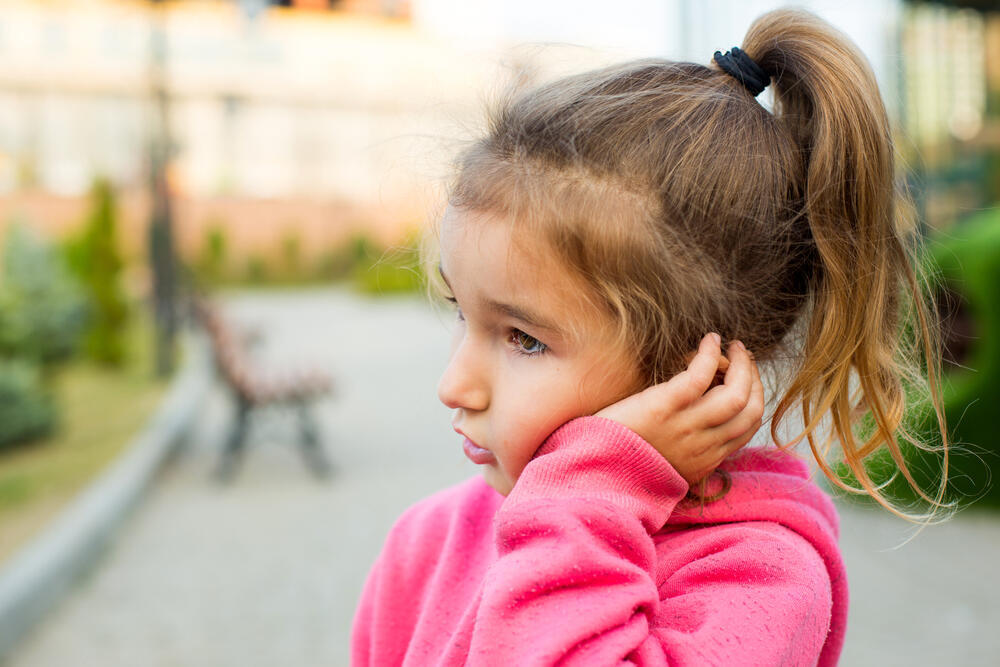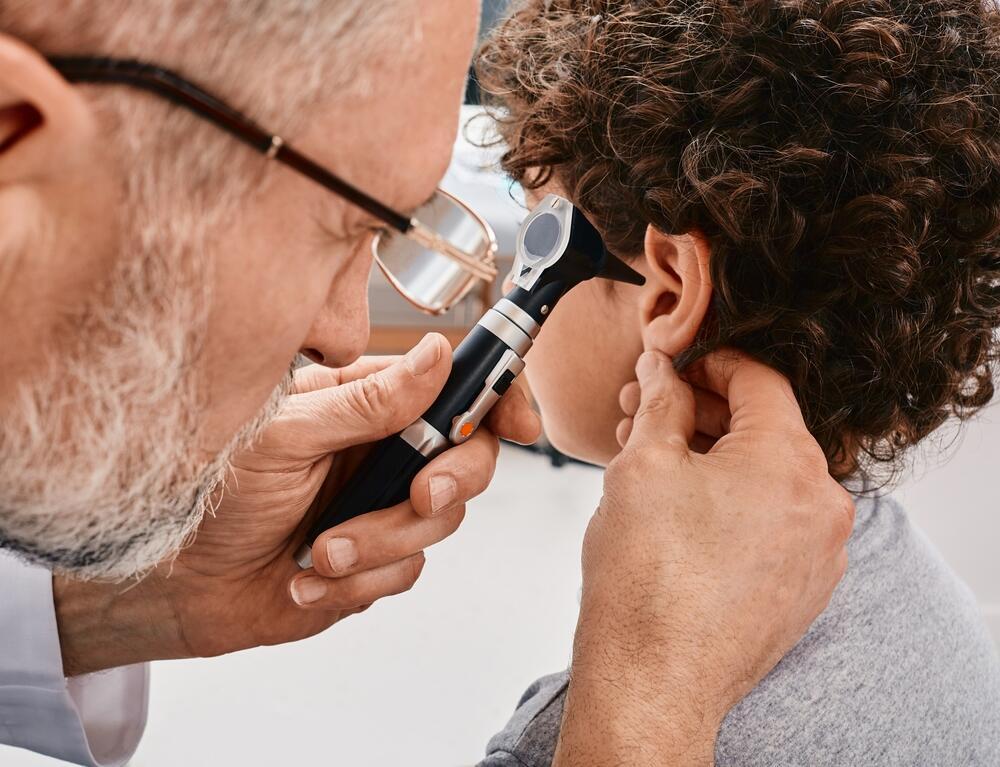Many children suffer from ear effusion, especially in their early years. It is during these years they acquire language, and the ear effusion could potentially disrupt this process.
Read more:
What is the connection between these two phenomena? Why do fluids accumulate in the ears of some children, and how does it affect their ability to learn to speak? I will try to explain.
What is ear effusion?
Our ears have a complex structure. The role of the outer and middle ear is to absorb sounds and transmit them to a sensor located in the cochlea of the inner ear. For this process to take place efficiently, the cavity of the middle ear needs to be ventilated and transmit the vibration of the eardrum through a delicate bone system to the inner ear. Sound travels well in an air passage and weakens if the sound travels through a liquid layer. This is why when diving in water, the surroundings sound very quiet.
The air in the cavity of the middle ear comes through a tube that connects the ear to the back of the nose, called the 'Eustachian tube'. If it is blocked due to swelling or a cold, the air cannot penetrate through it from the nose to the ear, and gradually fluids accumulate in the middle ear which cannot drain. Many mistakenly think that the source of the fluids in the ears is the water in the shower or pool, but it is a sticky fluid that is produced and accumulates behind the eardrum.
Why is this phenomenon common in children?
Because their Eustachian tube is thinner and is in a more horizontal position compared to adults. This is related to their anatomical structure. Also, the adenoids (tissue located behind the nasal cavity), which sometimes enlarges in childhood, may contribute to the blockage of the Eustachian tube. Children also suffer more from colds, especially when they are in kindergartens and nurseries. Usually, the fluids in the ears pass without the need for specific treatment, but in some cases, the fluids do not absorb, and the hearing impairment caused by them is more prolonged.
What does it mean when hearing loss is due to fluid buildup?
Sound volume is gauged using decibels. Zero decibels denote the faintest sound that a normal ear can perceive. If the sounds fall within the range of zero to 15 decibels, it is deemed normal. The intensity of everyday conversation typically measures around 60 decibels. When fluid accumulates, it leads to a slight to moderate level of hearing loss, usually between 20 and 45 decibels in most circumstances. This kind of impairment hampers the clear reception of speech, making it sound muffled and less comprehensible. To visualize this situation, one could compare it to the experience of wearing earplugs or blocking the ears with fingers.
How can fluids affect language acquisition?
Learning a language is a multifaceted process that heavily relies on, among other elements, the ability to audibly perceive interpersonal communication happening around you. The period of early childhood is crucial for language development, coincidentally, it is also a time when fluid accumulation and ear infections are common. There is a legitimate concern that the build-up of fluids might disrupt this critical learning process. A majority of research conducted on this issue has concluded that accumulation of fluids could indeed have detrimental effects.
When may the suspicion of a problem arise?
If a child does not respond as expected to various sounds and noises, often asks 'What?', increases the volume of the television and computer, his speech is not understood or there is a suspicion of a delay in language development - it is necessary to conduct an investigation, including an ear, nose and throat examination and a hearing test. Even at a young age, a hearing test can be conducted. It differs from that which adults undergo, but important information can be gleaned from it.
What can be done?
If fluids are indeed present in a child's ears and the child has been diagnosed with a hearing impairment, it becomes important to facilitate their language and speech comprehension. This can be achieved by minimizing background noise and incorporating body language and facial expressions. The child's educational staff should be kept informed about the situation. Ear, Nose, and Throat (ENT) specialists may suggest various treatments to enhance the child's hearing, such as the surgical insertion of ventilation tubes, also known as "grommets," with or without a tonsillectomy. If there's any concern about a delay in the child's speech or language development, it's advisable to seek an evaluation from a speech-language pathologist.
Answers provided by a climinal communications specialist at Loewenstein Hospital in Ra'anana



